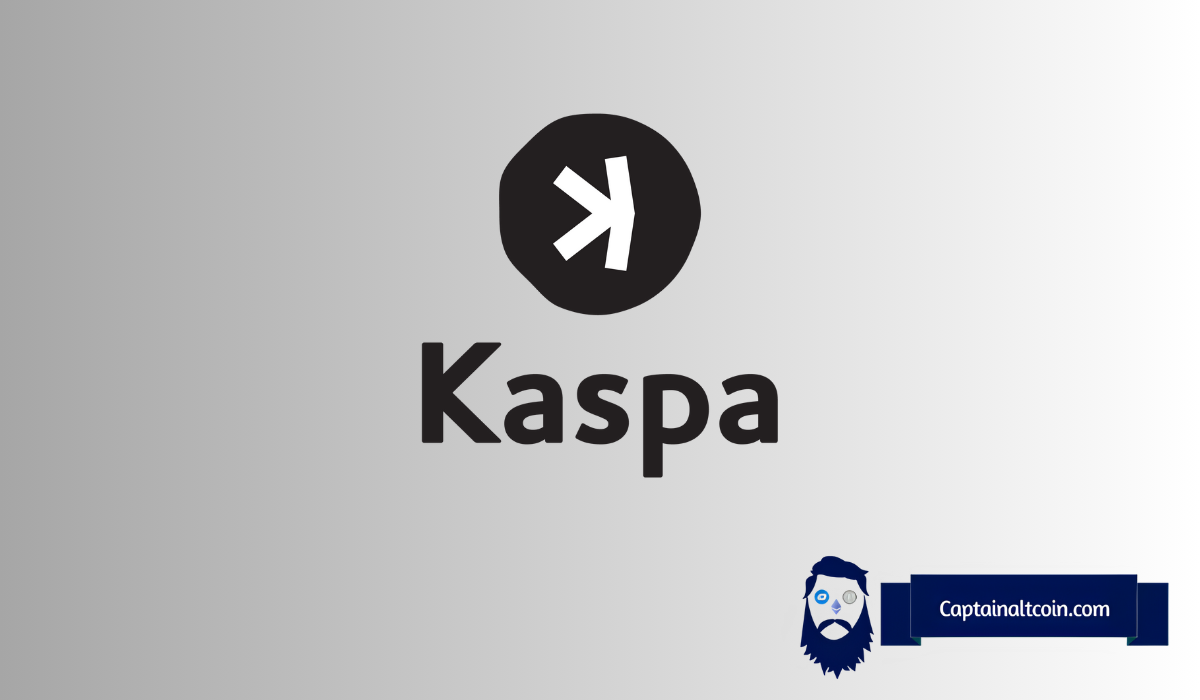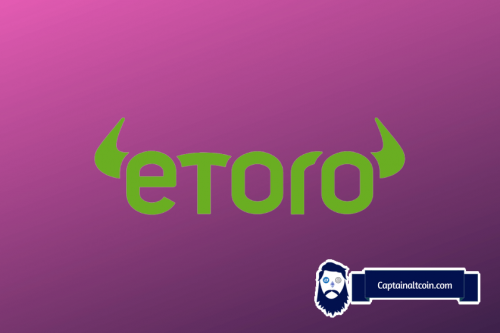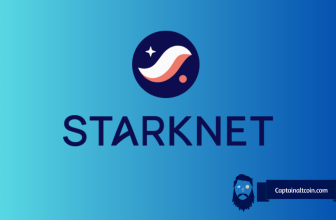
Dr. Martin Hiesboeck just dropped a comprehensive update on the current and future state of the Kaspa ($KAS) ecosystem. And if his breakdown is anything to go by, Kaspa might be on the verge of a major evolution.
Kaspa isn’t trying to be Ethereum. In fact, it was never built for smart contracts to begin with. But that’s exactly what makes its next move so interesting.
Originally designed as a high-speed Layer 1 blockchain focused on payments, Kaspa uses the UTXO model – just like Bitcoin. This structure is great for quick, secure transactions, but it lacks the built-in state management needed for smart contracts. That’s why blockchains like Ethereum, which use the account-based model, have been the go-to for decentralized applications.
But things are changing fast in the Kaspa ecosystem.
What you'll learn 👉
Smart Contracts Aren’t Native – But They’re Coming
Instead of rewriting its core architecture, Kaspa is going modular. Developers are building out Layer 2 (L2) solutions to bring full smart contract capabilities – without sacrificing speed or security.
One of the biggest efforts is Kasplex, a rollup-based system designed to make Kaspa EVM-compatible. That means developers could write Ethereum-style smart contracts that run on a faster backend. Kasplex lets these contracts execute off-chain and then settle on Kaspa’s high-performance base layer. In simple terms: fast computation off-chain, secure finality on-chain.
There’s also Sparkle, which takes a different approach. It’s being developed as a “Layer 1.5,” tightly integrated with Kaspa’s core protocol. Instead of moving everything off-chain, Sparkle uses zero-knowledge proofs (zk-proofs) to process smart contract logic privately and efficiently. The only thing that hits the blockchain is the proof that everything happened correctly.
Together, these tools could make Kaspa one of the fastest and most secure backbones for smart contract execution – even if they’re not happening directly on Layer 1.
State of $KAS
— Dr Martin Hiesboeck (@MHiesboeck) May 25, 2025
. Kaspa, as a Layer 1 blockchain, was initially designed as a high-throughput, payment-focused network using the UTXO (Unspent Transaction Output) model, similar to Bitcoin. This architecture, while excellent for fast and efficient transactions, inherently lacks…
Smart contracts aren’t only about code. You need tokens, standards, and frameworks that developers can build with. That’s where KRC20 comes in – Kaspa’s version of Ethereum’s ERC20 standard.
KRC20 tokens don’t support full smart contracts yet, but they’re laying the groundwork. They create a shared language for asset creation, experiments, and future dApps. In a way, this is Kaspa’s “early DeFi phase” – setting the rails for a more advanced ecosystem later.
Kaspa’s Strengths Make It the Perfect L2 Host
What makes this whole strategy work is Kaspa’s underlying speed and scalability. Thanks to its BlockDAG architecture and the GHOSTDAG protocol, Kaspa can process blocks in parallel rather than one by one. That’s a big reason why its transactions are so fast and confirmations near-instant.
Add in Proof-of-Work (PoW) for security, and you get a decentralized, censorship-resistant base layer – without the slow throughput most PoW chains suffer from.
This is why Kaspa’s team is betting big on Layer 2. It’s not just about adding smart contracts. It’s about doing it better – with faster execution, stronger security, and lower cost.
There’s one more piece on the horizon. Kaspa’s long-term roadmap even includes the possibility of native smart contracts on Layer 1. That would be a major architectural shift since UTXO-based chains don’t naturally support persistent state.
It’s a big lift. But it’s not impossible.
For now, though, Kaspa is taking the more realistic route – build smart contracts on top, not from scratch. With rollups, zk-tech, and token standards already in motion, the network could quietly evolve into a full-fledged smart contract ecosystem – without ever needing to become Ethereum.
Read also: Kaspa’s Circulating Supply Just Hit Record Lows: KAS Price Analysis
Wrapping Up
Kaspa started as a payments chain. It’s fast, secure, and efficient. But now it’s aiming much higher.
With Layer 2 platforms like Kasplex and Sparkle, plus the rollout of KRC20 tokens, the Kaspa ecosystem is growing beyond its original mission. It’s not just scaling – it’s expanding into a space that could make it one of the fastest smart contract platforms in crypto, without ever losing its core strengths.
As Dr. Martin Hiesboeck puts it, Kaspa’s ability to blend speed, security, and modular upgrades may be exactly what’s needed to bridge the gap between performance and programmability.
The real question now is – how long until the rest of the market catches on?
Subscribe to our YouTube channel for daily crypto updates, market insights, and expert analysis.
We recommend eToro
Wide range of assets: cryptocurrencies alongside other investment products such as stocks and ETFs.
Copy trading: allows users to copy the trades of leading traders, for free.
User-friendly: eToro’s web-based platform and mobile app are user-friendly and easy to navigate.









